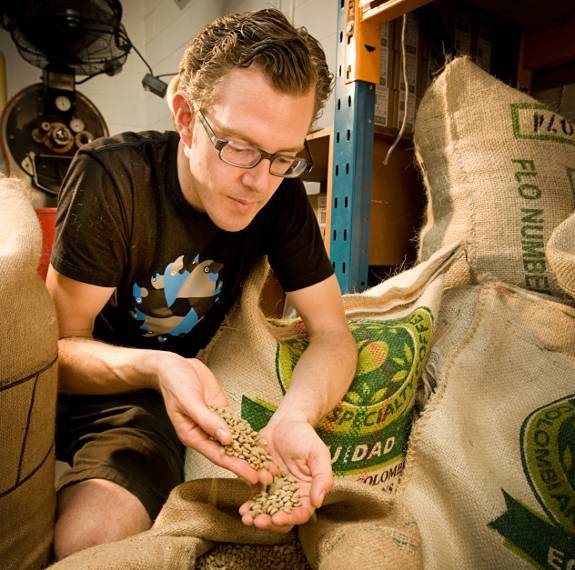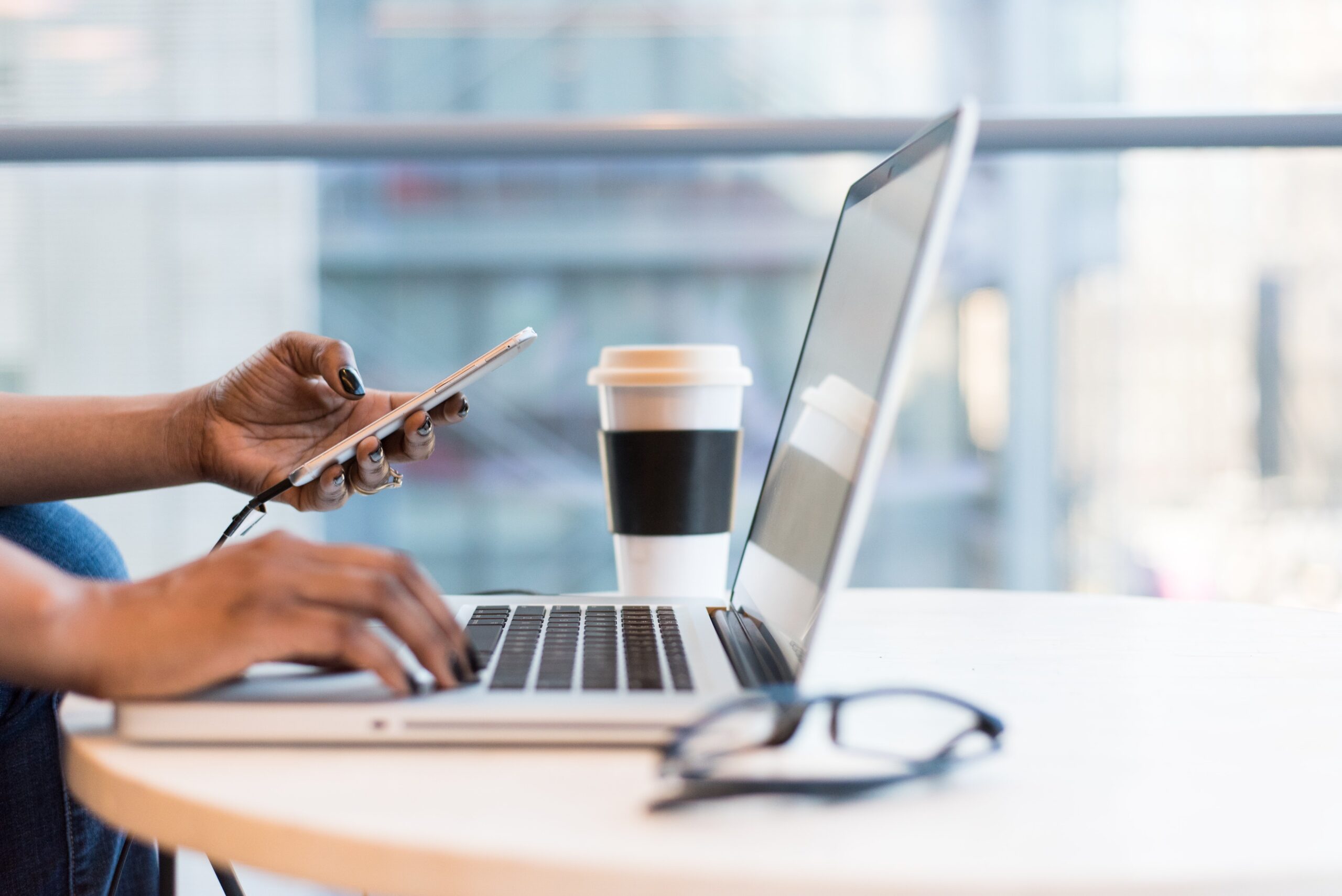Dr Alice Boyes is author of the books The Healthy Mind Toolkit (2018) and The Anxiety Toolkit (2015).
In the modern world, we often have an urge to slow down. Living in such a connected age can feel like a lot to keep up with.
But the urge to slow down tends to be accompanied by fear of being left behind – of losing connections, not being in the loop, having stale skills. If your inner compass is telling you to slow down, but you have fears, here are some tips.
Define what slowing down would be
When we crave change we often overestimate how much change is required to cure our emotional ills. In specific behavioural terms, define what type of slowing down you’re yearning for.
It could be spending time alone in nature for several hours every week, waking without an alarm on the weekends, switching off from electronics at 8pm every night, or doing painting
or pottery every Saturday.
Just try it
If you fear that slowing down will cause your productivity to fall off, instead of worrying about that, try it and see how it impacts what you get done. Worrying is
a poor substitute for behavioural experiments. If you miss anything you’ve cut, you can add it back, perhaps in a modified form, like more in-person socialising and less online communication with friends.
When you experiment, note which of your fears about slowing down don’t eventuate, any positive surprises (like an activity that starts to feel enjoyable again), or if you begin to get around to jobs that, left undone, have been causing anxiety or disorganisation.
Slow down through deep work
Despite all our communication apps and time-saving services, economic analysts often lament that productivity growth is quite stalled.
According to research by the time-tracking app RescueTime, people only have an hour or two of uninterrupted time each workday. Instead of attempting to do 12 things in your career, try having one long-term project. Choose a project you want to commit to for at least three years. This can help you choose a meaningful enough endeavour, and reduce your sense of being pulled in many directions. If your fears about slowing down involve getting less done, deep work* and long-term projects are a great antidote and encourage big-picture thinking.
Once you try slowing down, it might take a month or two to recover from burnout before you’re ready to take on deep work.
Create routines of slowing down
Most of us have decision fatigue, so if slowing down involves making new decisions about how and when, you’re not likely to ever get around to it. As a general rule, I take the first 15 days of every quarter off from my side hustles, and all of each January. This routine helps me reevaluate my priorities and recognise when I’m chasing certain goals out of habit rather than because they’re the best use of my time.
Create your own routines so that you don’t need to remake decisions about how to slow down.
Identify the ways in which you’re already on your desired path
Researchers often measure wellbeing by asking people to what extent their life feels “on-track.” The impulse to keep striving can come from a sense that we’re not taking every opportunity and from seeing peers leap ahead.
I often give myself a hard time that I’m not giving more speeches or running online courses, but writing is what I love and that’s already the main way I spend my work life. If you perceive what you’re doing in your life or career as off-track, that perception may be exaggerated.
Try a reality check by noting the ways in which your life already reflects what’s meaningful to you.





